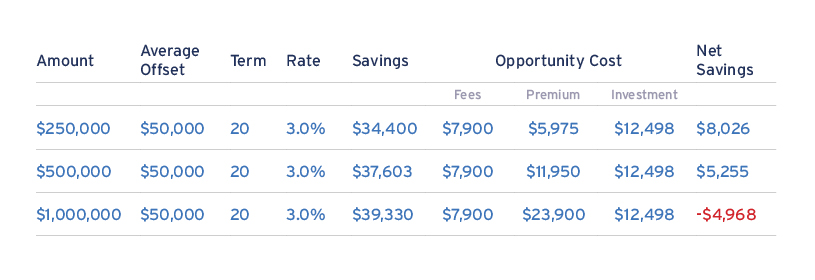"Revenue is Vanity, Profit is Sanity but Cash is Reality..."
Not sure of the origins of this quotation, though in business it often rings true.
Many business owners may not be aware of how to interpret financial information, such as Profit & Loss Statements and Balance Sheets.
These documents provide some comfort or "sanity", though not providing the deeper dive into what is happening with the cash flow of the business.
This is where it is critical for business owners to understand the difference between Profit and Cashflow.
Let's take a real example for a business we worked with that was seeking more funding to support its business.
| Profit & Loss | $'000 Amount | Cashflow | $'000 Amount |
| Revenue | $3,800 | Receipts | $3,350 |
| Cost of Goods | $2,170 | Supply Payments | $2,080 |
| Expenses | $1,325 | Expenses | $1,325 |
| EBITDA | $305 | Cash Deficit | $(50) |
In this example, the business has undergone significant revenue growth ($3,375k to $3,800k) though new customer acquisition.
During the year, the monthly review of the P&L was encouraging, with increasing revenue leading to improved Earnings before Interest, Taxes, Depreciation and Amortisation ("EBITDA").
Cashflow Reality
Despite this growth, the business was short of cash and stretching its payment terms with its long term suppliers. The fix in its eyes was more funding as they sought a $300,000 working capital facility.
In discussing their funding needs, we observed:
- The Business did not have a cash flow forecast;
- The Business had not enforced credit terms with new customers; and
- The Business had acquired long term assets using cash.
Remediation - Treat the Cause and not the Symptoms
Once we were able to complete a Cash Profit & Loss, we were able to show that funding this cycle with more debt was not going to fix the root of the problem.
This is an example of where a business needs to undertake a "Remediation" of its business. This review proposed:
- A focus on credit collections on its new customers;
- Avoidance of "investing in its inventory"; and
- A suspension of non-essential capital expenditure.
This led to the next financial year looking like this.
| Profit & Loss | $'000 Amount | Cashflow | $'000 Amount |
| Revenue | $3,900 | Receipts | $3,950 |
| Cost of Goods | $2,220 | Supply Payments | $2,280 |
| Expenses | $1,350 | Expenses | $1,350 |
| EBITDA | $330 | Cash Surplus | $320 |
As the table demonstrates, the business had a very similar P&L performance, but the Cash Profit this time mirrored that result.
As a result, and despite some tough periods in the year, the business was able to defer the need to seek expensive working capital funding.

